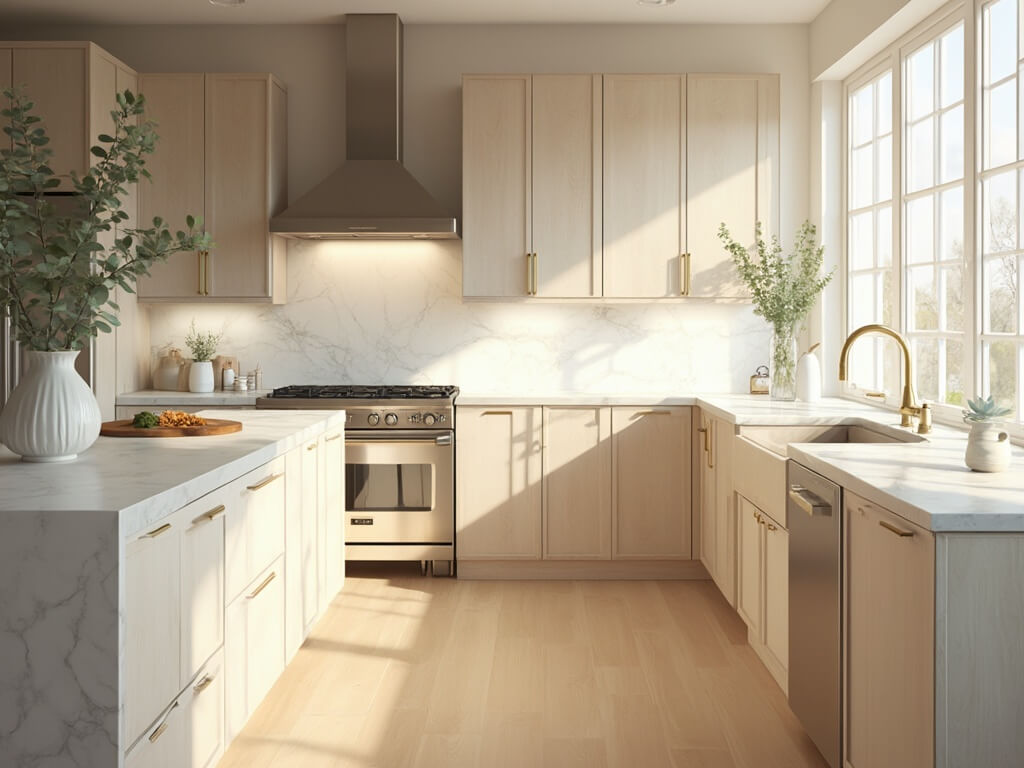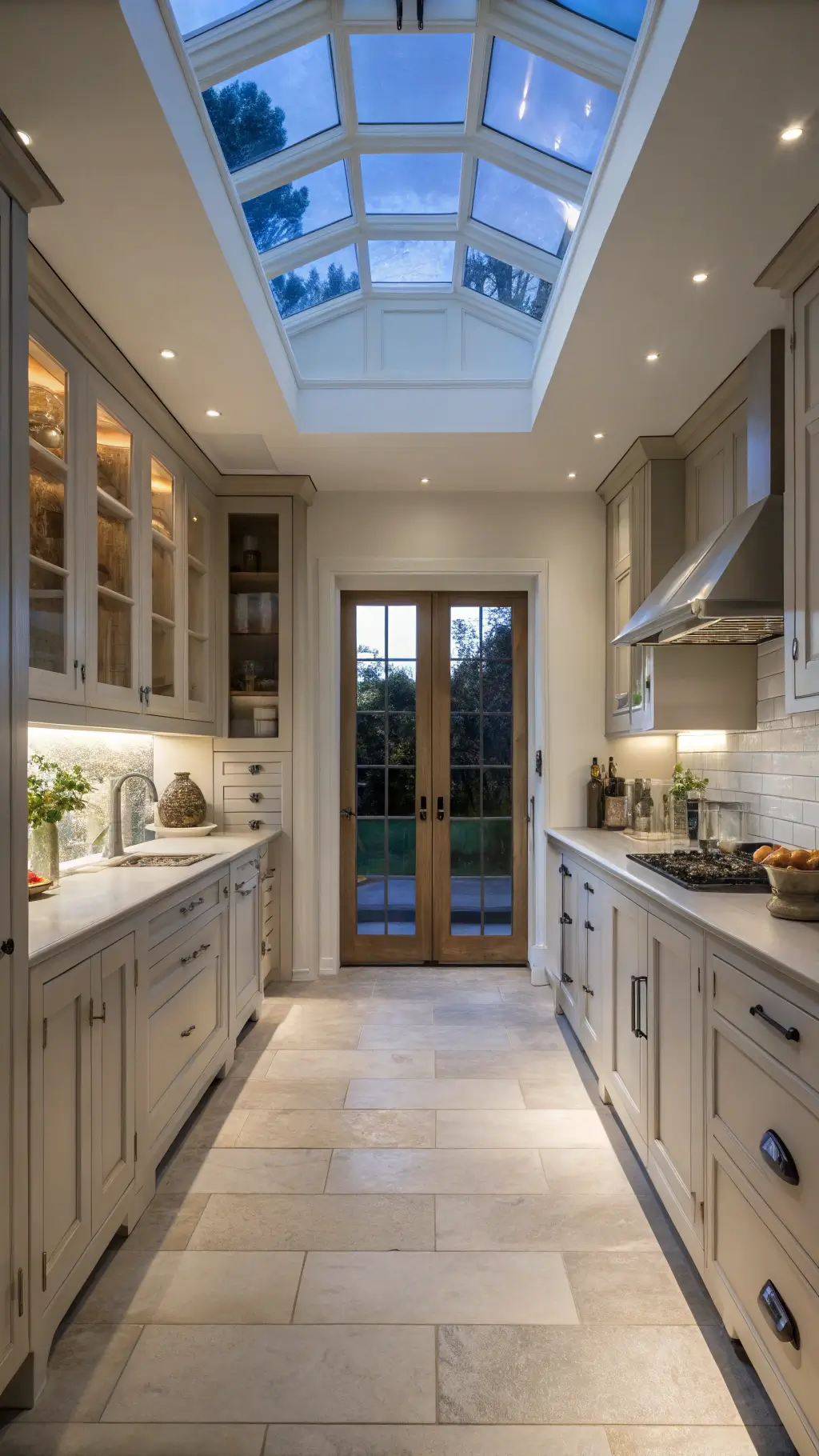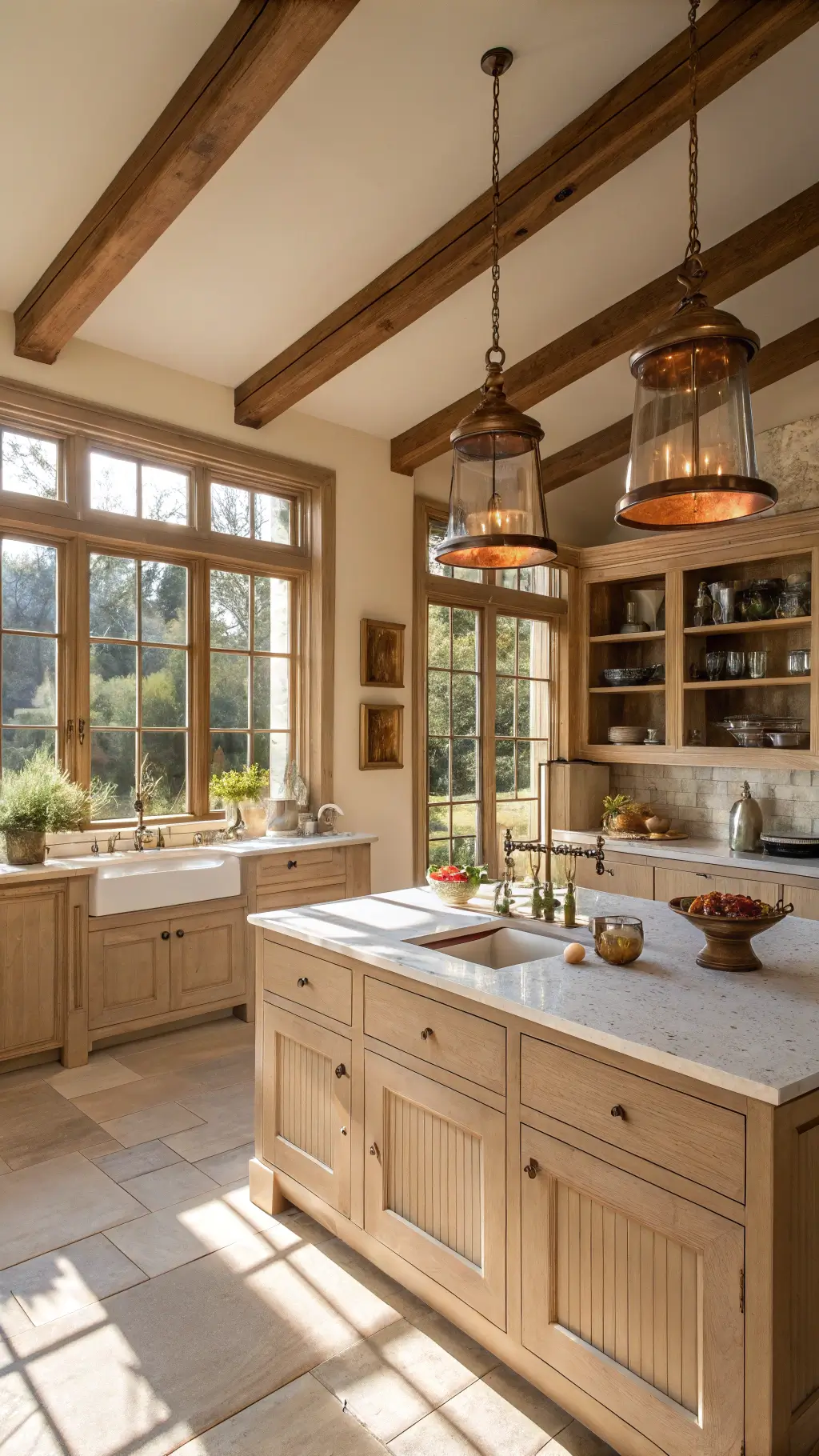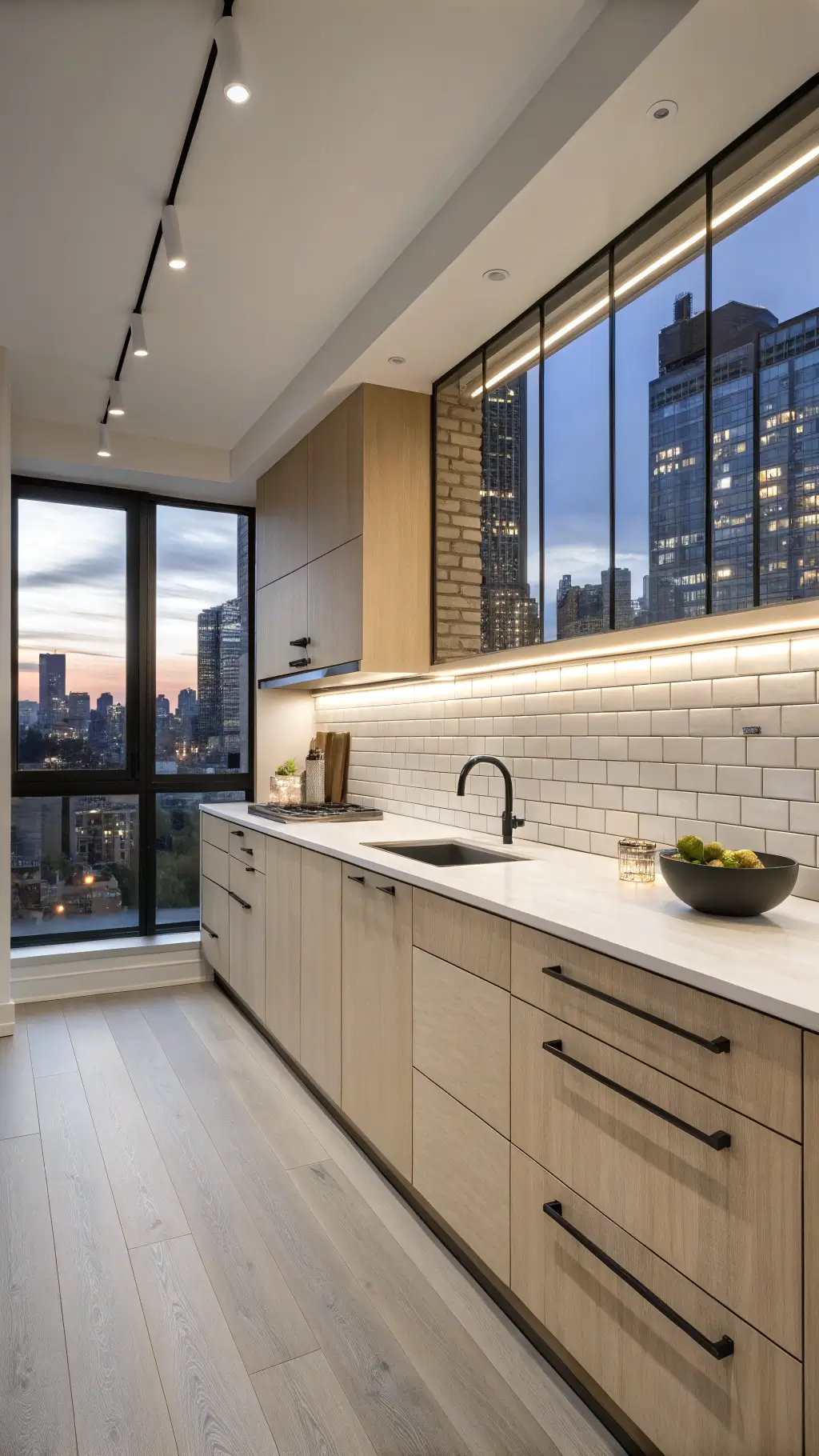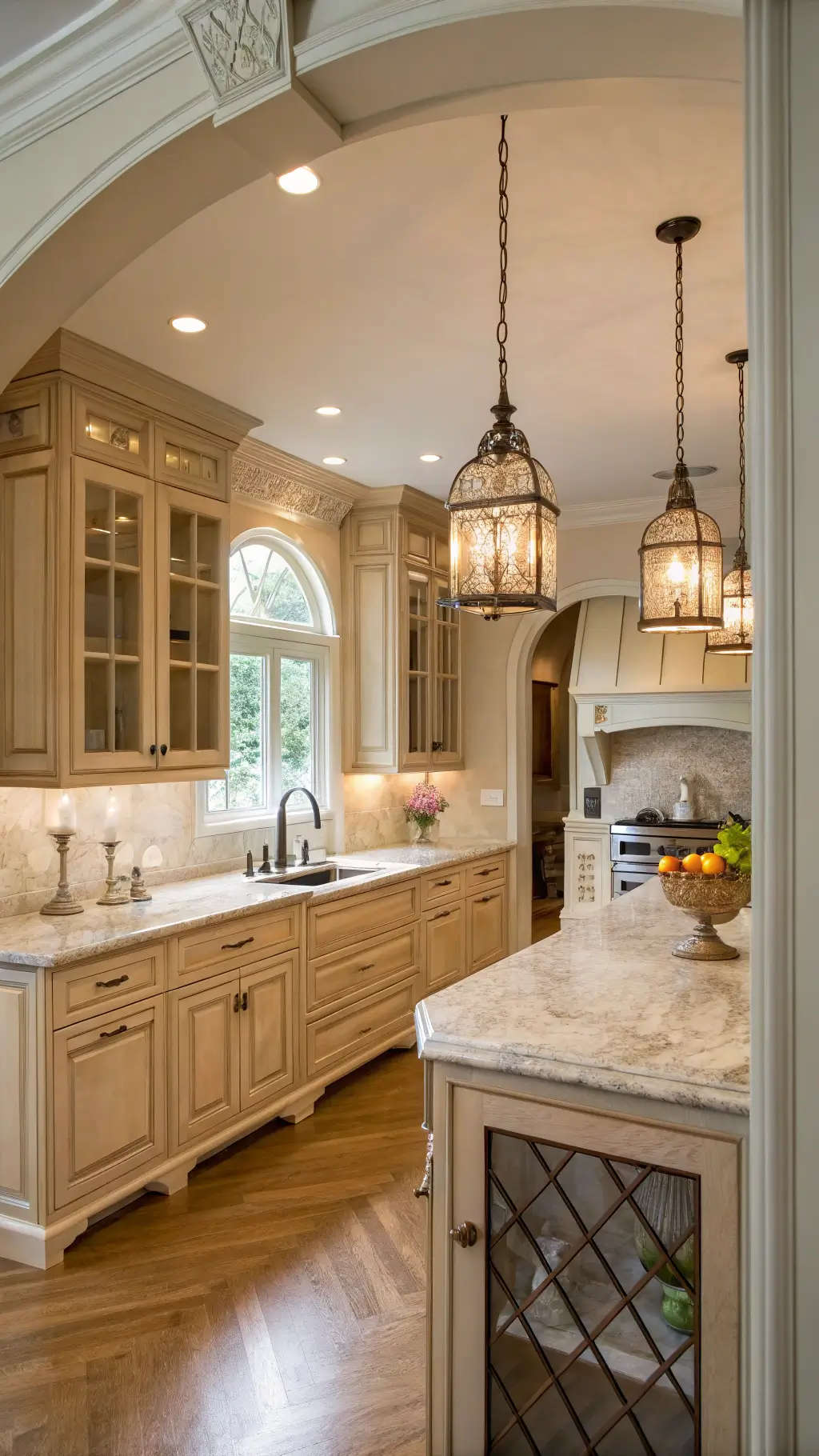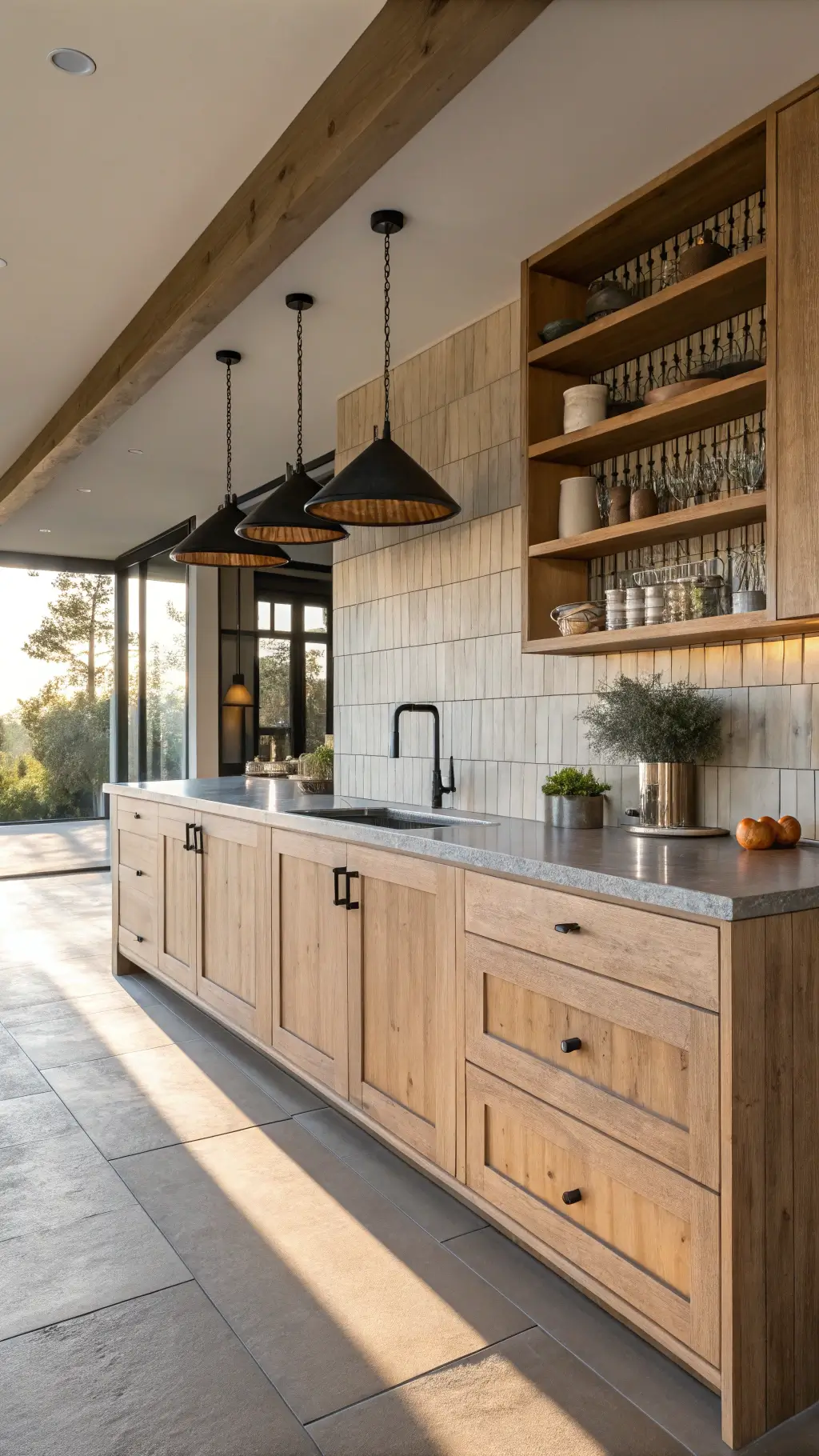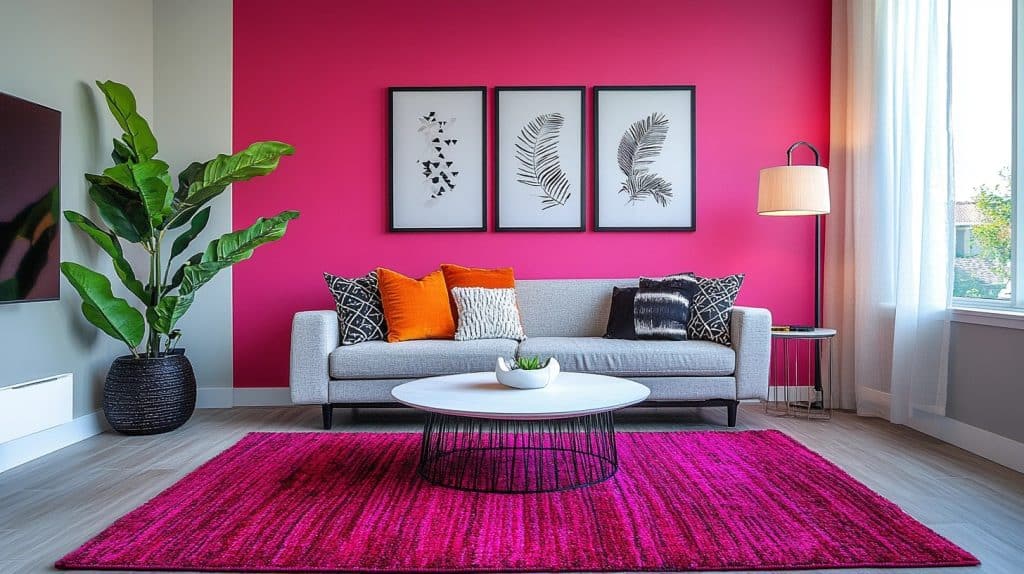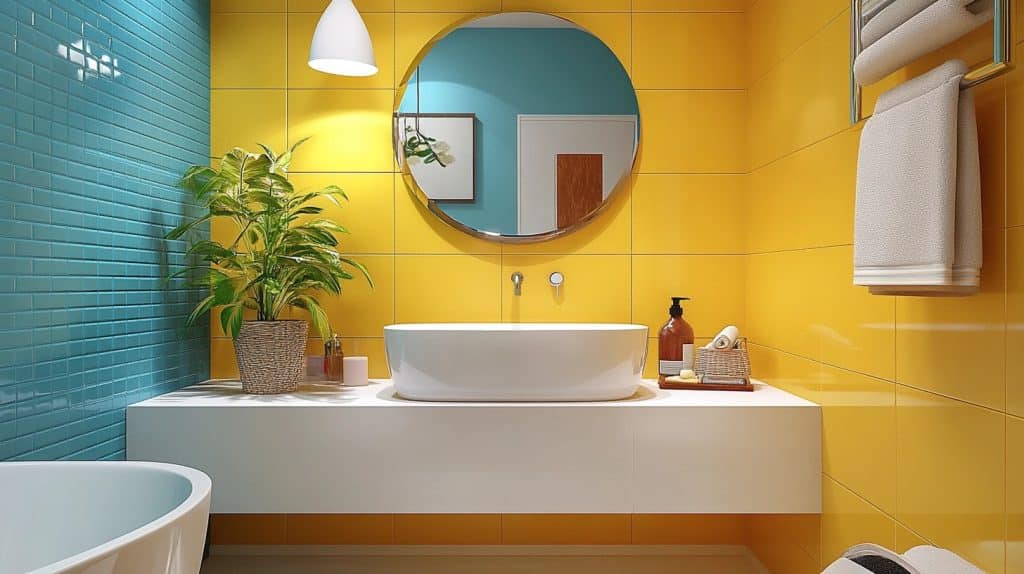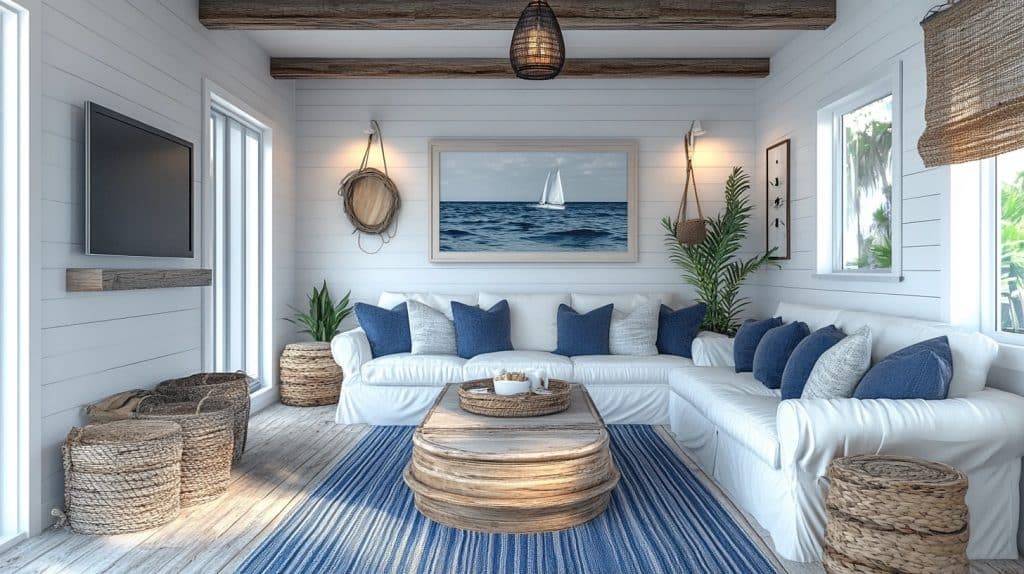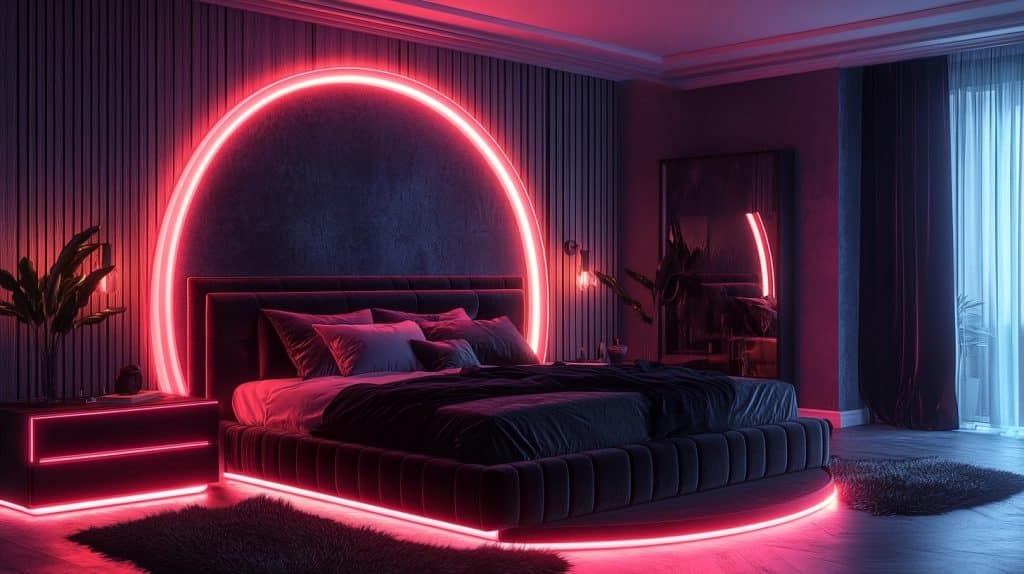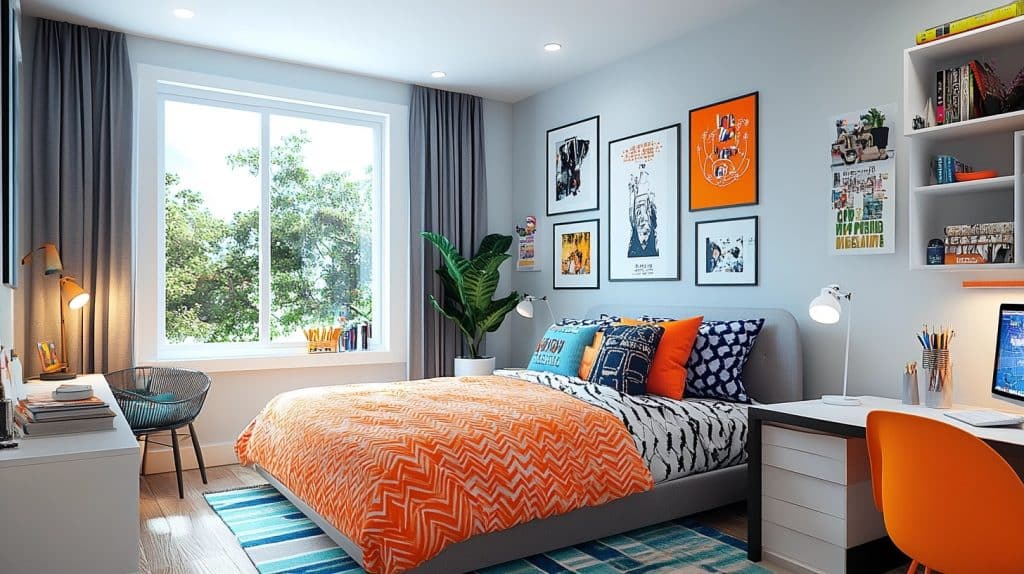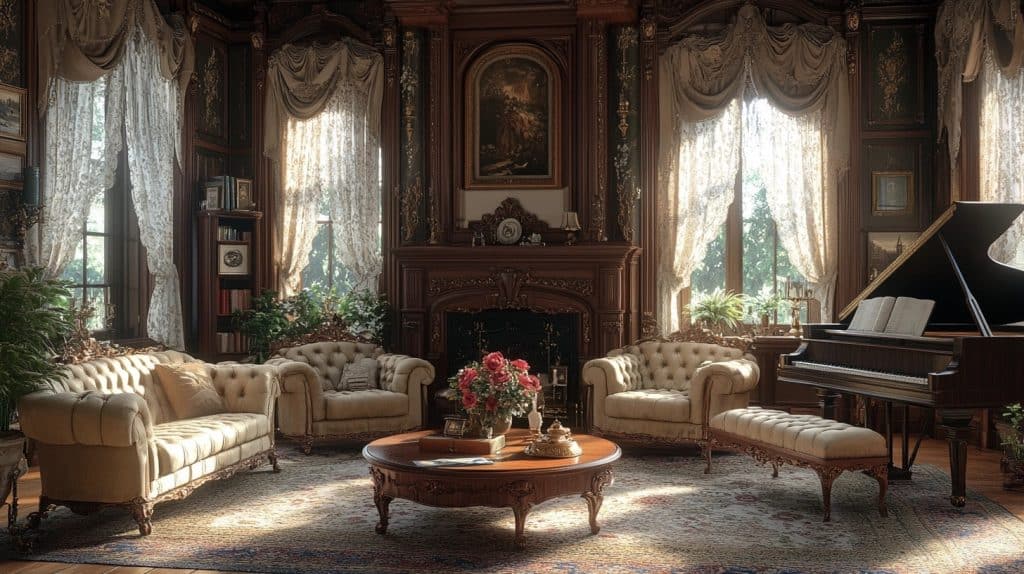What Makes Pale Oak So Special?
Pale Oak (OC-20) isn’t just another neutral. It’s a game-changing greige that transforms kitchens from ordinary to extraordinary.
Key Color Characteristics:
- Warm greige with subtle taupe undertones
- Adapts brilliantly to different lighting conditions
- Light enough to brighten spaces
- Neutral enough to match virtually any design style

Designer-Approved Pairings That Wow
My go-to combinations for Pale Oak kitchen cabinets include:
Perfect Color Companions
- Countertops: Soft, warm whites
- Wall Color: Benjamin Moore White Dove
- Hardware: Brass or aged brass finishes
- Backsplash: Glossy white tiles or subtle texture
Killer Design Combo
- Cabinets: Benjamin Moore Pale Oak
- Countertop: Taj Mahal Quartzite
- Backsplash: White Damask Tile
- Walls: White Dove
- Hardware: Aged brass knobs
Why Designers Are Obsessed Right Now
The kitchen design world is experiencing a warm neutral revolution. Pale Oak sits perfectly at the intersection of:
- Trending warm aesthetics
- Timeless design
- Versatile color application
Pro Tips for Using Pale Oak
Lighting Matters:
- North-facing kitchens: Looks slightly cooler
- South-facing kitchens: Appears warmer and cozier
- Test large swatches before committing
Style Flex Points:
- Modern minimalist kitchens
- Farmhouse-inspired spaces
- Contemporary urban designs
- Traditional cooking spaces
What Homeowners Are Saying
Designers and homeowners agree: Pale Oak isn’t just a color. It’s a strategic design choice that offers maximum flexibility with minimum risk.
Quick Pros:
- Never looks dated
- Works with multiple design styles
- Creates a welcoming kitchen atmosphere
- Increases home resale value
Final Thoughts
Pale Oak isn’t just a paint color. It’s your kitchen’s secret weapon for creating a space that feels both contemporary and timeless.
Pro tip: Always get large paint swatches and test in your specific kitchen lighting before making a final decision.

